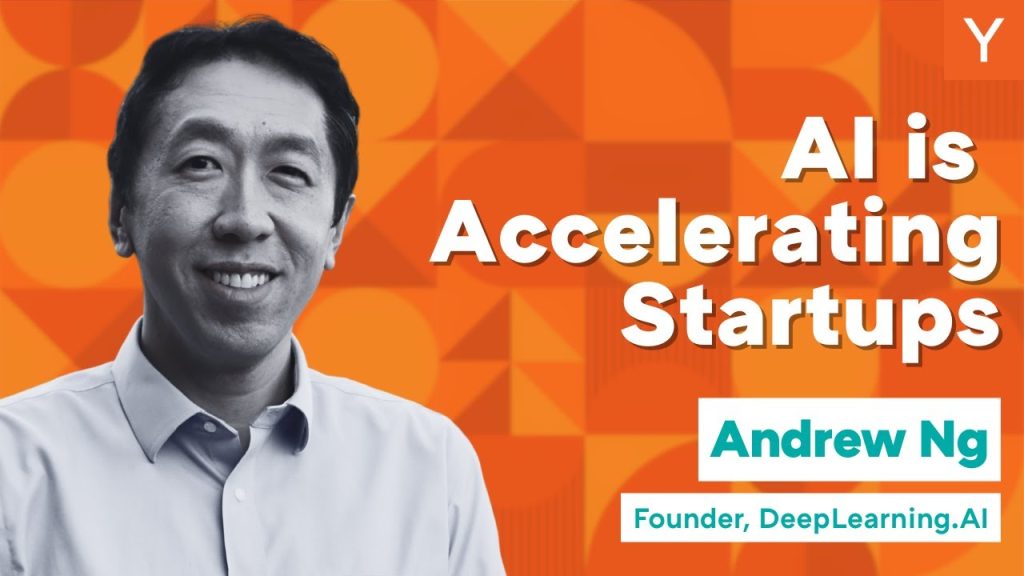July 10, 2025, 8:58 pm IDT
Execution speed remains the strongest predictor for a startup’s success, a principle Andrew Ng underscored at the recent AI Startup School in San Francisco. Speaking to an audience of founders, VCs, and AI professionals, Ng, a pivotal figure in modern AI and co-founder of AI Fund, distilled lessons on leveraging artificial intelligence to dramatically accelerate product development and market penetration. His insights centered on the evolving AI stack, the power of agentic workflows, the necessity of concrete ideas, and the importance of deep technical understanding.
Ng outlined the AI stack, from semiconductors and cloud providers at the base to foundational models like OpenAI and Meta, culminating in the application layer. While much of the public discourse and hype gravitate towards the underlying technological layers, Ng firmly asserted that the most significant opportunities reside at the application level. He stated, “Even though a lot of attention is on AI technology (esp. foundation models) most of the opportunities will be in building AI applications.” This top-tier focus is essential, as it’s the applications that generate revenue, subsequently fueling investment back into the foundational technologies.
A transformative shift in AI workflows is the rise of “agentic AI.” This paradigm contrasts with traditional “zero-shot” prompting, where an AI generates output in one go. Instead, agentic workflows involve iterative processes where an AI system plans, researches, drafts, and revises, much like a human. This approach, while slower in individual steps, fundamentally alters the quality of the final product. As Ng succinctly put it, “It is slower, but it delivers a much better work product.” This iterative capability unlocks the ability for AI to tackle far more complex problems, from compliance document analysis to medical diagnostics.
Another critical element in accelerating development is the pursuit of concrete ideas. Vague concepts, such as “AI to optimize healthcare assets,” are too amorphous to build quickly. In contrast, a concrete idea, like “Software for hospitals to let patients book MRI machine slots online to optimize usage,” provides sufficient detail for an engineer to immediately begin building. “Working on concrete ideas lets you go faster,” Ng emphasized. This clarity allows for rapid prototyping and swift validation or falsification of a product’s viability, minimizing wasted effort.
The increased speed of engineering, largely driven by AI coding assistants, has shifted the traditional bottlenecks in product development. Tools like GitHub Copilot, Cursor, and Windswept allow for rapid prototyping, often 10 times faster than traditional methods, and significantly accelerate production code writing. This newfound engineering velocity means that the primary constraint is no longer ‘how fast’ code can be written, but ‘what’ code should be written. Ng noted, “With rapid engineering, this becomes the bottleneck,” referring to the product management function of gathering user feedback and making informed decisions. This dynamic underscores the growing need for engineers to possess strong product instincts and for product managers to understand the technical capabilities of AI. Ultimately, a profound understanding of AI technology allows builders to make informed decisions, bypassing unproductive paths and building faster.



